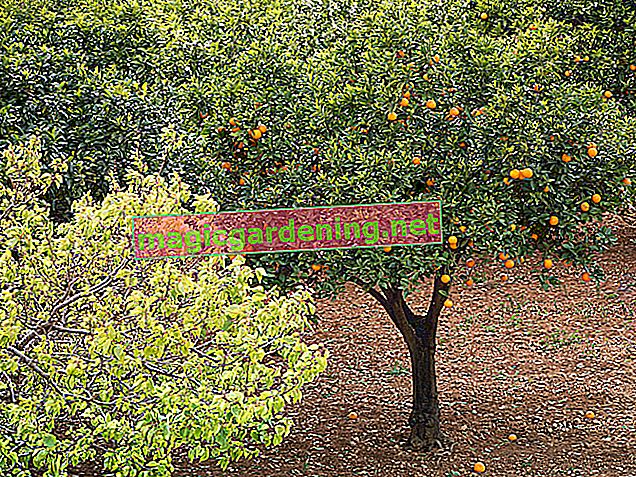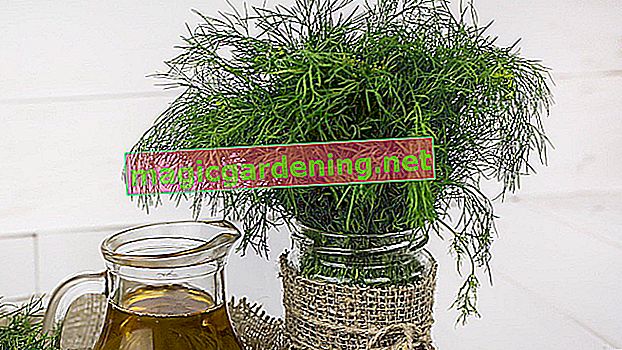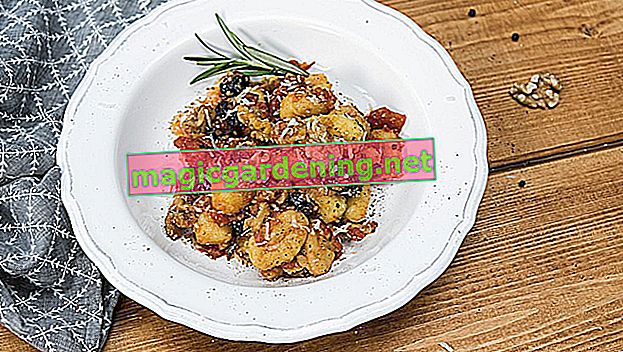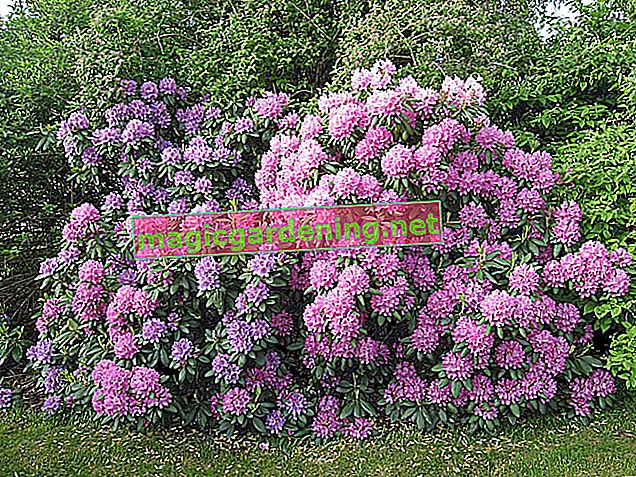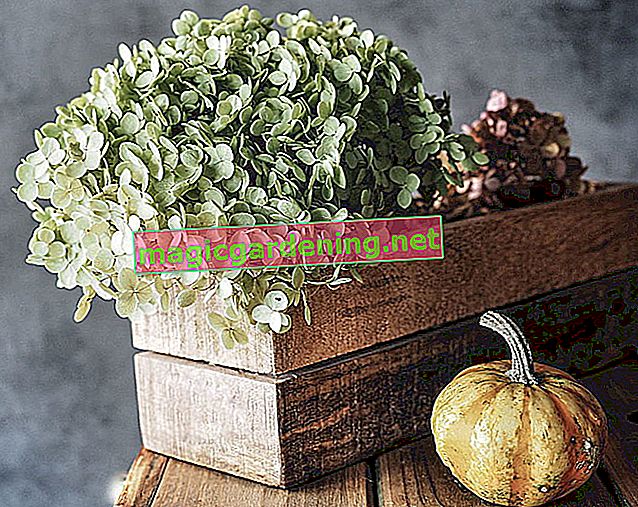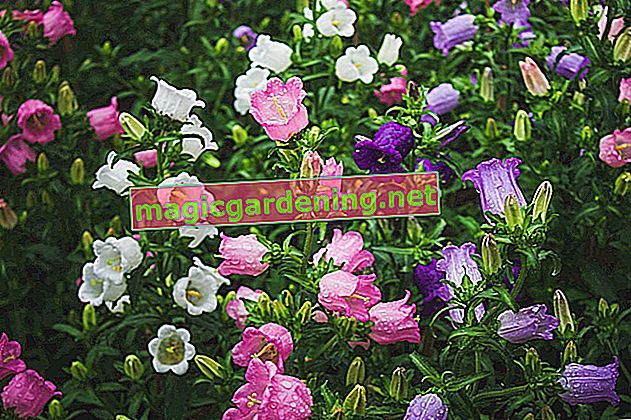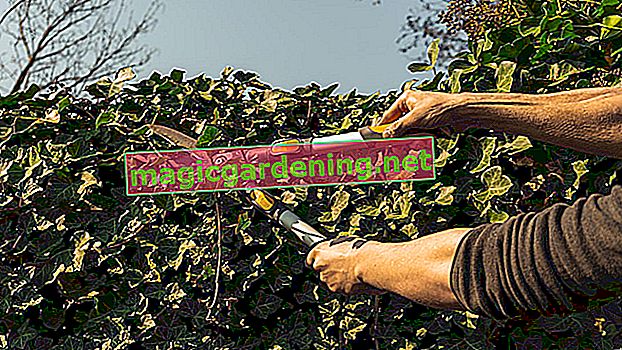
Cut back delphinium after the summer bloom
For a beautiful autumn bloom, you should cut back the faded flower panicles of the delphinium immediately in summer. However, you must not cut too deeply, otherwise the plant will no longer sprout. As a guideline, a cut above the leaves at a height of 20 to 30 centimeters above the ground is usually given. Use a clean and sharp knife or secateurs for the cut.
also read
- Make two make three out of one ... increase the delphinium by dividing it
- Clean the greenhouse - twice a year
- Do not cut delphinium below the leaves
Collect seeds
If you do not carry out this pruning, the plant will develop up to three narrow follicles per flower, from which you can then obtain the seeds in autumn. This procedure is recommended if it is only one to two year old lark spurs (which usually do not bloom a second time) or if you want to reproduce perennial specimens.
Make an autumn cut
If you have done the summer pruning and the delphinium shows its blooming splendor in autumn, wait with the last fall pruning until the late blooms have faded. Depending on when the second flowering occurred, this may not be the case until November. In autumn, cut the Delphinium back to just above the ground, the plant will retreat into its rhizomes for the winter anyway. The above-ground parts of the plant die off and only provide a gateway for unwanted pathogens.
What to do with discolored leaves
In the event of certain signs of disease, you should act immediately and cut back and dispose of infected parts of the plant immediately. This is the case when
- the leaves turn black
- the leaves are covered with brown to black spots
- The leaves and shoots appear to be covered with a white coating.
In all cases, the delphinium is infected with highly contagious fungal and bacterial diseases that must be contained immediately. Otherwise there is a risk of further infections, including from neighboring plants. Please never put infected parts of the plant on the compost, but dispose of them with household waste.
Tips & Tricks
Pruning measures should be carried out on all plants if possible on cloudy, mild days. This measure prevents dehydration and also ensures that patients are less stressed.

